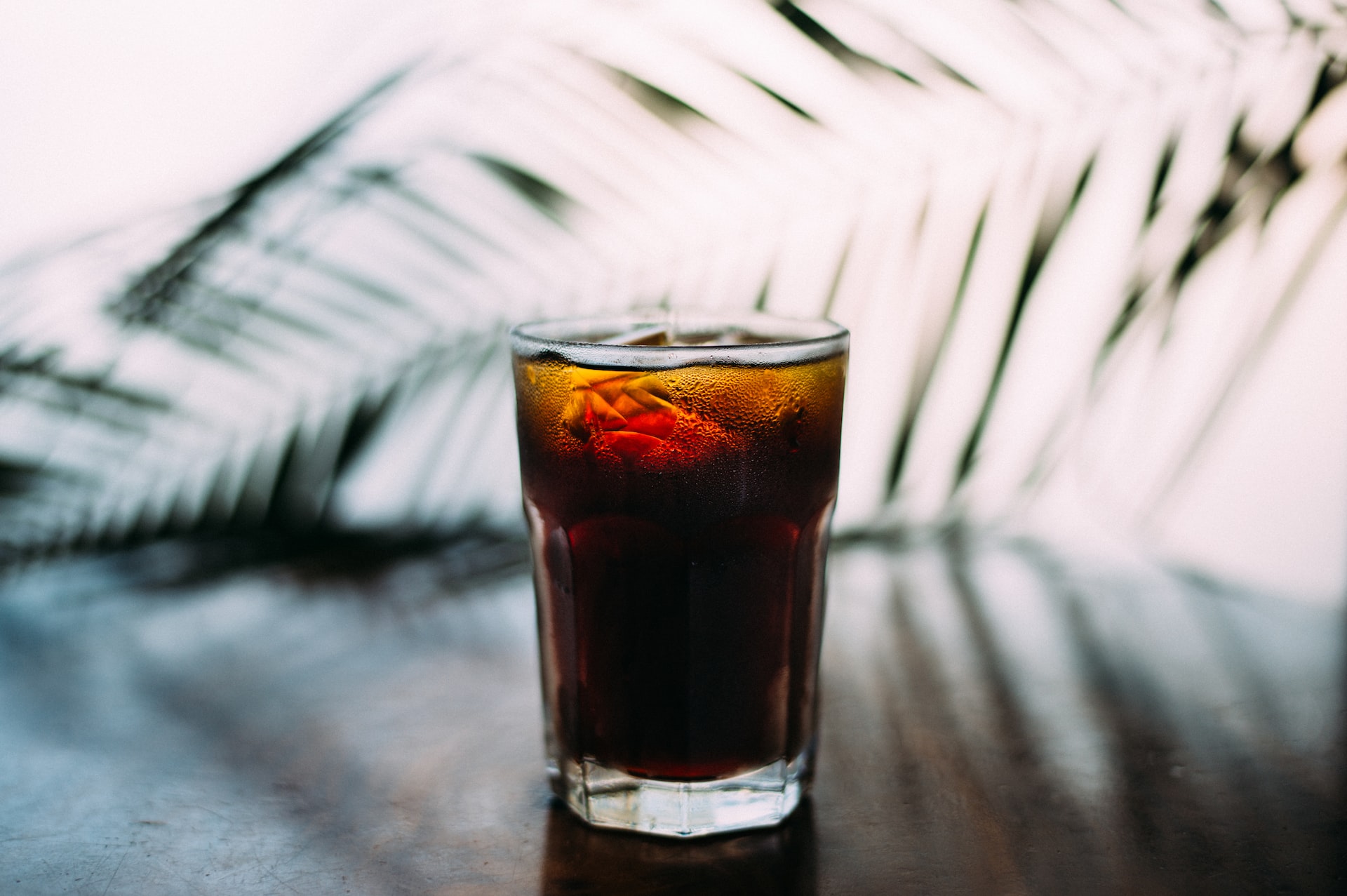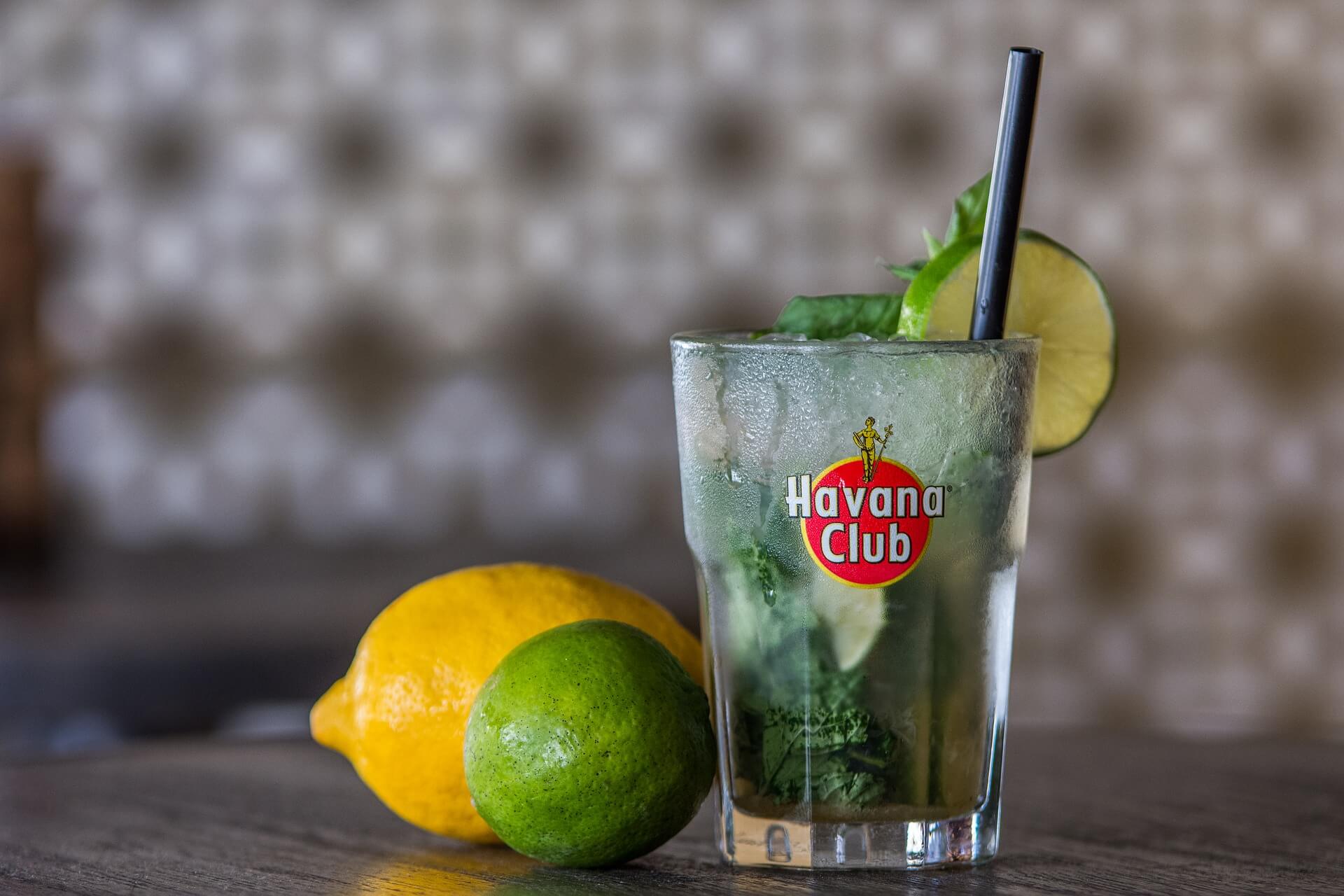Drink Donnybrook: Let’s Talk Mai Tai
by David Klemt

Is there a Mai Tai in there? Maybe…?
There are two big drink holidays coming up in August for your programming pleasure, and the best part is that they both play incredibly well with one another.
One of these holidays you can create a promotion around is National Rum Day, August 16. This year, this spirit-forward holiday falls on a Wednesday. Hey, who couldn’t use a rum drink on Hump Day?
The other is more specific, celebrating a particular drink: August 30, also known as Mai Tai Day. Hey, what do you know—this cocktail holiday also falls on a Wednesday in 2023! It’s almost like these two festive days are exactly two weeks apart or something…
As you’re likely already deducing, these days are related: rum is the base for a Mai Tai. So, creating an LTO around this classic tiki drink gives operators the opportunity to celebrate for two weeks straight, or at least for two weekends. That means it’s also an excellent way to bid August farewell and prepare for the fall.
Controversy!
Scandal! Strife! Squabble! Other words that are synonymous with controversy!
Not only has there been a bit of a debate regarding the creator of the Mai Tai, there has been debate about the day we celebrate this classic cocktail.
Oh, and there’s been plenty of debate over specs. And there will likely be bickering over the correct build forever.
But back to the day we celebrate the Mai Tai. If you Google “National Mai Tai Day” or “Mai Tai Day,” you’ll likely see there’s debate over the correct date.
For a while at least, there were people claiming that National Mai Tai Day is June 30. Well, two crucial sources say that’s flat-out wrong: Trader Vic’s and the City of Oakland, California.
Some people may shrug at that first source, given that there’s still some debate over the drink’s inventor. However, in 2009, Rebecca Kaplan, an at-large councilmember of the city of Oakland, declared August 30 to be Mai Tai Day officially.
Fighting Words
Want to make some cocktail history and bartender nerds heads explode? Just say that Donn Beach, also known as “Don the Beachcomber,” is the father of the Mai Tai.
That should all but guarantee a donnybrook with whomever you target with that statement.
However, unlike the Martini, Piña Colada, and Whiskey Sour, we have a (mostly) definitive answer to the question of who created the Mai Tai.
While there are some who say that Don the Beachcomber created the Mai Tai in 1933, it would be more accurate to say that he created the predecessor of the Mai Tai. Cocktail historians who back Trader Vic as the inventor of this classic would agree.
You see, Don the Beachcomber created a drink called the QB Cooler, and historians say, perhaps generously, that Trader Vic was riffing on Don’s drink when he invented the Mai Tai in 1944. Now, if you really want to kick the donnybrook up a notch, perhaps turn it into a slugfest, see who thinks the Mai Tai tastes like the QB Cooler and which think they taste completely different. Fun times.
Then there’s this: It’s possible we don’t know the exact original recipe for the Mai Tai. Famously—or infamously, if we want to be dramatic—it’s said that Trader Vic never shared his actual specs with anyone. One could argue, then, that nobody has ever had the “real” version if they didn’t drink one made for them by Trader Vic himself. He’ll have passed 30 years ago in October of 2024, so I’m not sure how many people in the industry currently can say Trader Vic made them a Mai Tai personally.
Authentic or Abomination?
Did you read the caption underneath the image at the top of this article? If not, wow—thanks.
If so, you’ll recall that I ask if the drink in the tiki mug in the image contains a Mai Tai. And I answer my own question indicating that, at best, I can only say “maybe.”
Sure, it’s being served in a tiki drinkware, so one could argue that there’s a tiki drink in there. The Mai Tai, as we know, is a tiki classic. The drink is also garnished with mint, which is correct.
But then we look at the rest of the garnish: a raspberry and what appears to be desiccated orange. Oh, and a Mai Tai should be served in a double rocks glass.
Of course, bartenders around the world serve cocktails in drinkware that deviates from the “right” vessel. However, the proper garnish is mint and a lime wheel…to the best of our knowledge.
Ultimately, guests decide with their dollars whether they believe a bar makes them the “right” Mai Tai. You and your bar team will need to dial in a signature version if you want your bar to be known for its Mai Tai, and perhaps come up with a great riff or two.
The Original…Maybe
The original recipe, cocktail historians and drink nerds believe, is:
- 1 oz. Light rum
- 1 oz. Dark rum
- Fresh lime juice (keep half of the squeezed lime’s shell)
- 0.5 oz. Orange curaçao
- 0.25 oz. Orgeat
- 0.25 oz. Simple syrup
- 1 cup Crushed ice
- Fresh mint sprig to garnish
- Lime wheel to garnish
Fill a shaker with crushed ice and add the light rum, lime juice, curaçao, simple, and orgeat. In other words, hold back the dark rum! Shake for a few seconds and pour the contents into a double rocks glass. If you want to be fancy, add fresh crushed ice to the double rocks glass and strain the shaker into it. Float the dark rum, then garnish and serve.
Technically, a bartender should use J. Wray & Nephew rum…but a bottle, if one can be found, goes for at least $50,000 last I checked. Bartenders should also refrain from adding pineapple juice, orange juice, or grapefruit juice. And they shouldn’t garnish with cherries or pineapple wedges. But, here we are; all of those things and more happen.
Oh, there are also tequila, mezcal, amaro, and whiskey versions, plus riffs made with avocado and variants that call for an array of bitters. What you do with this information is up to you and your bar team.
Image: Andrea Piacquadio on Pexels



